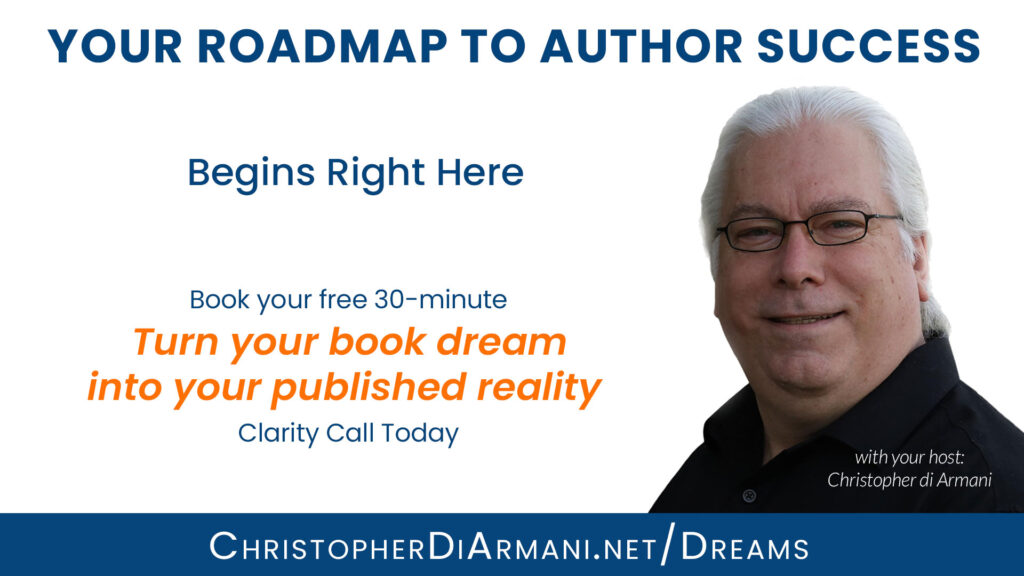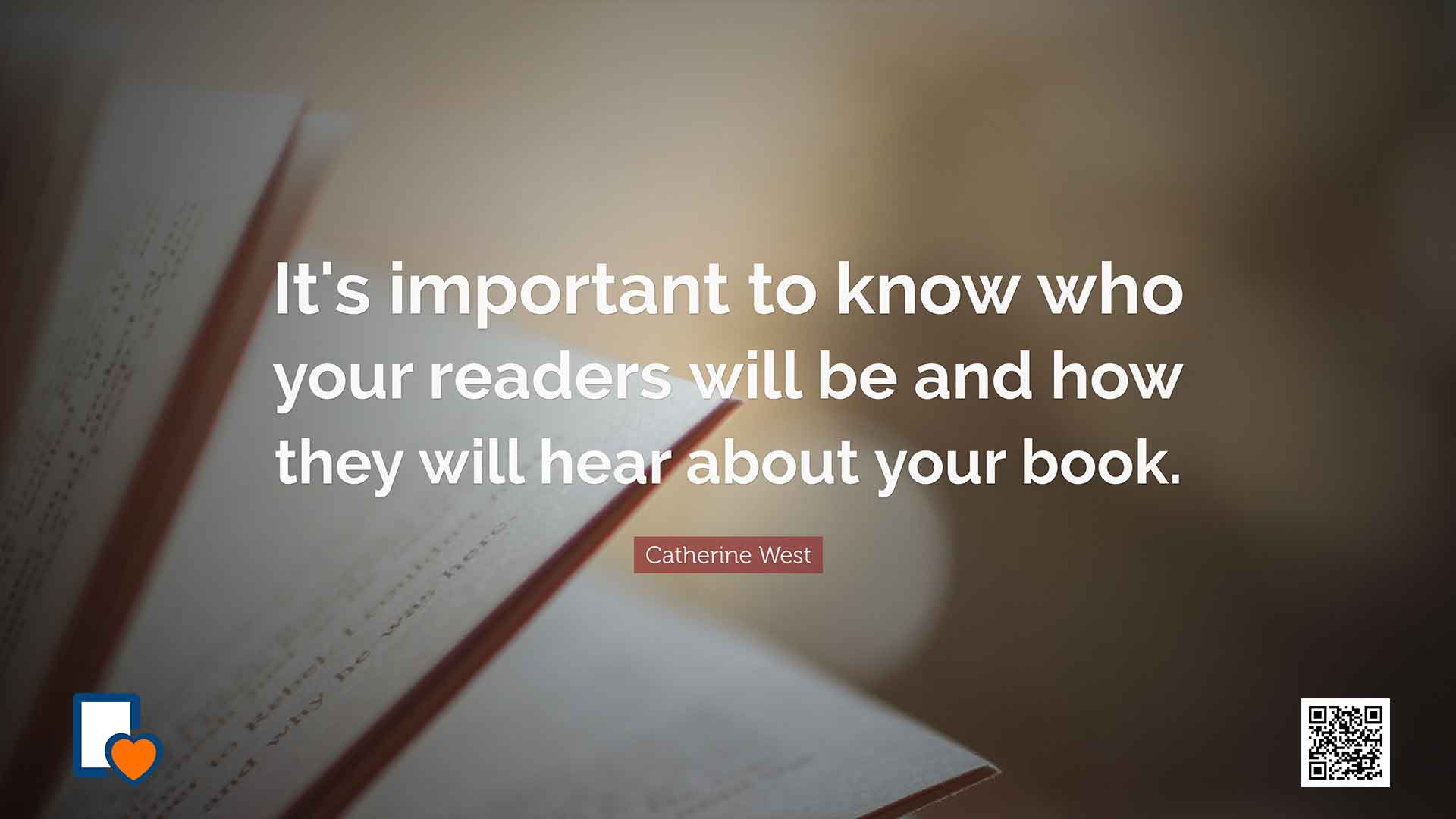It’s important to know who your readers will be and how they will hear about your book.
-Catherine West
It’s critical for you to clearly understand who you’re writing for.
When you know who your ideal reader is, you can craft your work in a way that resonates deeply with them.
Here are a few questions to ask yourself as you begin this research.
Think about the your book and the solution it provides. Who would be interested in this? And where do they naturally congregate online?
Consider the age range of your ideal audience. Are you writing for a younger audience or an older one? The more specific you are with age and other demographic info, the easier it is to engage your reader.
Think about the tone of your writing. Are you encouraging, inspiring, or humorous? Or more serious and authoritative?
[bctt tweet=”We all learn in different ways, so do you provide content that satisfies diverse learning styles? If not, will you?”]
Your goal is to ensure every chapter, and every section of every chapter, connects with your reader, no matter what kind of learner your reader is.
There is no “correct” answer. There is only the answer that’s right for your audience and your book.



[SmartQuizBuilder id=8][/SmartQuizBuilder]

Leave a Reply